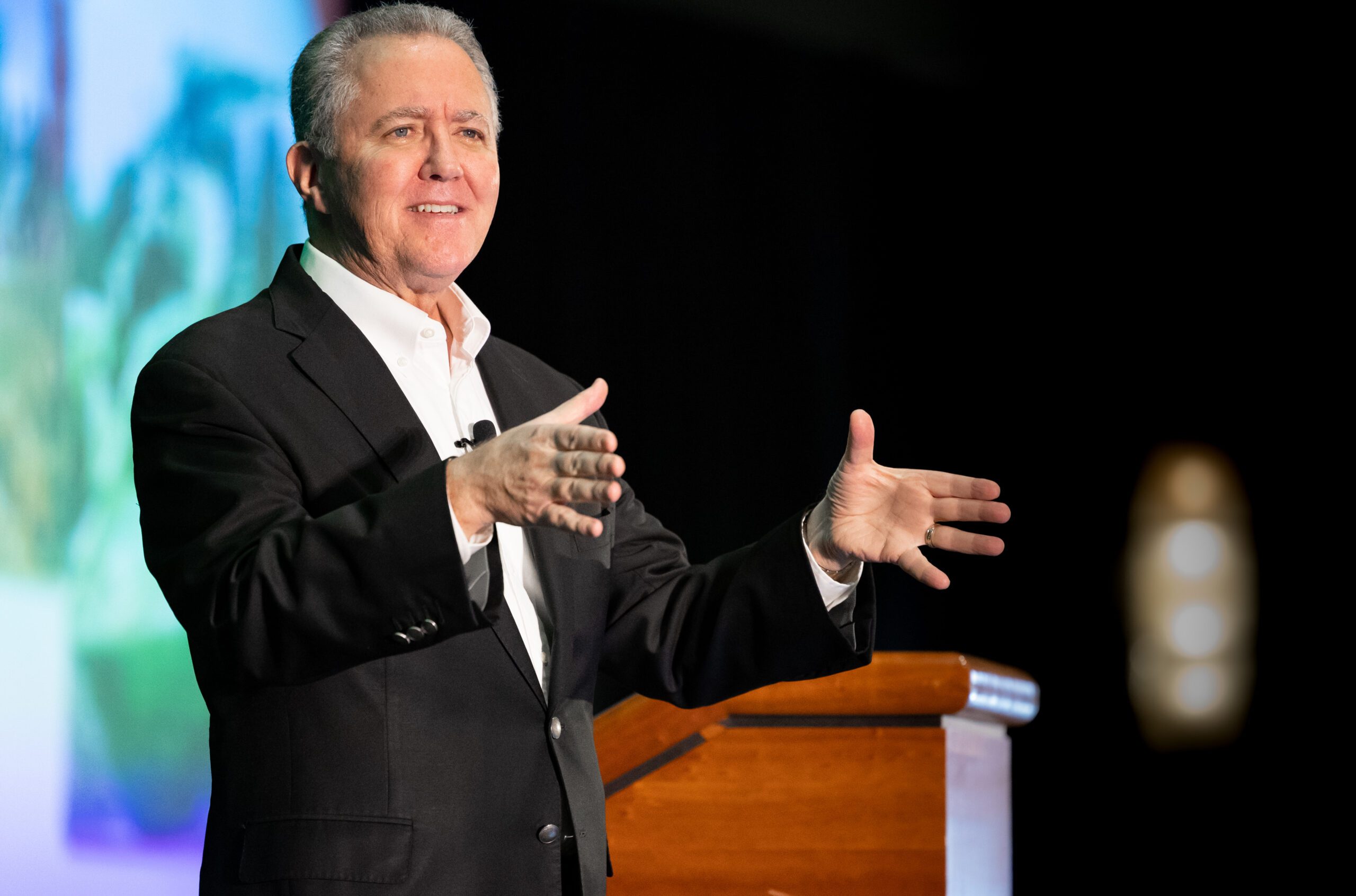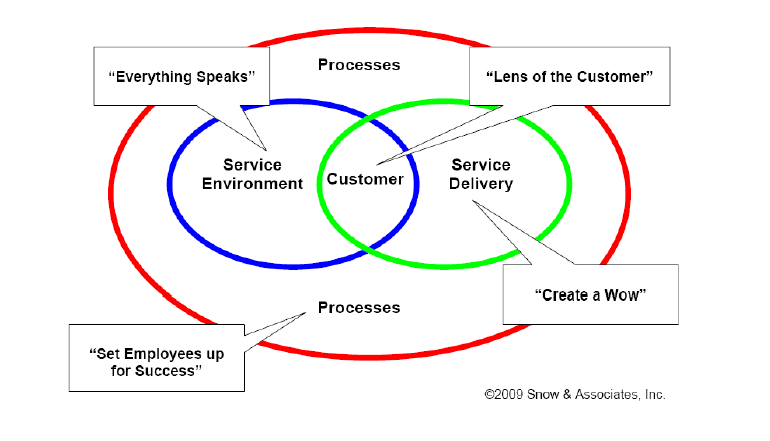By Keynote Speaker, Dennis Snow
 Dennis Snow has a passion for service excellence and has consulted with organizations around the world on the subject. Dennis’ customer service abilities were born and developed over 20 years with Walt Disney World. In his last year with Disney World, Dennis’ leadership performance was ranked in the top 3% of the company’s leadership team. He is now a full-time speaker, trainer, and consultant, and is dedicated to helping organizations achieve their goals in the areas of customer service, employee development, and leadership. He is also the author of two best-selling business books, “Lessons from the Mouse,” and “Unleashing Excellence.”
Dennis Snow has a passion for service excellence and has consulted with organizations around the world on the subject. Dennis’ customer service abilities were born and developed over 20 years with Walt Disney World. In his last year with Disney World, Dennis’ leadership performance was ranked in the top 3% of the company’s leadership team. He is now a full-time speaker, trainer, and consultant, and is dedicated to helping organizations achieve their goals in the areas of customer service, employee development, and leadership. He is also the author of two best-selling business books, “Lessons from the Mouse,” and “Unleashing Excellence.”
I find some organizations overcomplicate the subject of customer service, while others oversimplify the subject. Those that overcomplicate it try to take on everything at once, attempting to change their culture in an unrealistically short time and end up frozen – everyone too confused to take action. Those organizations that oversimplify the subject of customer service see it as a matter of getting employees to smile and to say “please” and “thank you.” While those things are important, they aren’t enough.
Four elements make up the DNA of service excellence. When these four items are present, you dramatically increase the likelihood that your customers feel they are receiving excellent service.
 The Customer – It’s clear that many organizations design their processes for their own convenience rather than for the convenience of the customer. World-class service organizations, on the other hand, design the experience with the “Lens of the Customer” as the foundation for process design. Those times you are pleasantly surprised by the ease of working with a company, asking yourself, “Why can’t other companies do it this way?” are indicators of a company with a “Lens of the Customer” mindset.
The Customer – It’s clear that many organizations design their processes for their own convenience rather than for the convenience of the customer. World-class service organizations, on the other hand, design the experience with the “Lens of the Customer” as the foundation for process design. Those times you are pleasantly surprised by the ease of working with a company, asking yourself, “Why can’t other companies do it this way?” are indicators of a company with a “Lens of the Customer” mindset.
The “Lens of the Customer” mindset also applies to the moment-by-moment behaviors of employees. Employees of world-class service organizations seem to have a sixth sense of what customers are thinking, what their state of mind might be, and how they can help at that moment. Customers perceive that the employees truly care about them.
The Service Environment – The service environment includes the physical elements of your operation. For the Ruppert team, your customers’ properties, construction jobsites, vehicles and your branch offices are all part of the service environment. But it also includes the organization’s web site, marketing materials, equipment, uniforms, and anything else the customer sees, hears, touches, etc. Anything out of alignment causes a disconnect in the mind of the customer. “Everything Speaks!” Customers may not consciously notice every detail, but subconsciously, clues to the organization’s overall quality are communicated.
The Service Delivery – World-class service organizations create an experience in which customers feel they are important, listened to, and valued. The goal is to “Create a Wow” experience for customers – and it’s not that hard to do. Wowing customers simply entails moving from a task mentality to an experience mentality and creating little wows that add up to an overall extraordinary experience.
Think about the behaviors that make customers in your organization feel important, listened to, and valued. The likelihood is that the behaviors include such things as eye contact, asking clarifying questions, remembering names/details, and yes, saying “please” and “thank you.” Such behaviors are so rare in today’s world that an organization full of employees who actually do these things sets itself apart from the pack.
Processes – While employees may want to provide excellent service to customers, there are sometimes organizational barriers that impede or prevent them from performing at the desired service level. World-class organizations work hard to identify and alleviate/eliminate barriers that frustrate customers as well as employees. They do everything they can to “Set Employees Up for Success.”
How many times have you dealt with a company and been so frustrated by their processes that it didn’t matter how friendly the employees were? When employees are set up to fail, you can see it in their faces, and you can hear it in their voices. When employees know they can’t win, they disengage from the customer experience and progressively bury their emotions. On the other hand, when employees feel set up for success, when they feel they have the tools needed to deliver excellent service, they want to engage with customers. A sense of confidence is evident in employees who know they have what they need to handle any customer issue.
So, service excellence is as simple and as complicated as these four elements. Simple because focusing on just these four elements yields truly outstanding results. Complicated because leaving out any one of the elements dramatically compromises the quality of the customer experience.
In summary, here are the four questions to ask about your organization’s service:
- Does everyone in your organization see the experience through the Lens of the Customer?
- Knowing that Everything Speaks, what are the details of your operation saying to your customers?
- Do the behaviors of all employees make your customer say or think, ‘wow’?”
- Does your team have the tools needed to deliver world-class customer service?
We hope you can take Dennis’ lesson on customer service and consider how your branch, your crew, or your department deals with our internal and external customers. Ask yourself these four questions and see where you can make gradual and strategic changes to improve the overall customer experience.